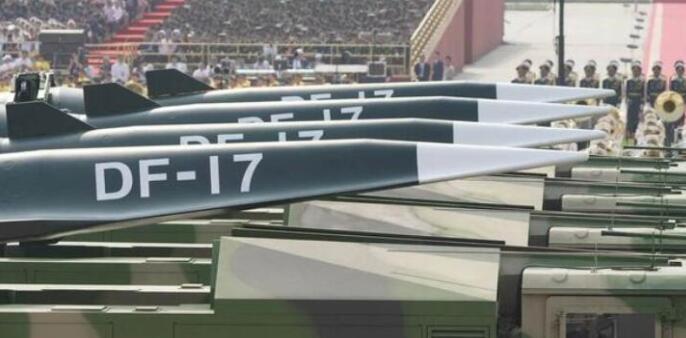As we all know, hypersonic weapons are one of the most difficult weapons to develop today, and their development difficulty is even higher than that of ordinary nuclear weapons. Among the three major powers of China, the United States and Russia, Russia and China have successively developed hypersonic weapons, looking at the United States, although there are many hypersonic weapons projects, but so far none of them can be taken. However, what is even more embarrassing to the United States is that even North Korea has successfully tested hypersonic weapons.

The main reason why major military countries are scrambling to develop hypersonic weapons is that the speed advantage of hypersonic weapons is too great. According to the current definition, hypersonic weapons are weapons that fly at speeds greater than Mach 6, which poses a huge challenge to the current air defense system. It is no exaggeration to say that hypersonic weapons are basically incapable of being intercepted. For this reason, hypersonic weapons are seen as a revolution in the aviation industry after jets. In this field, Russia has developed the fastest, and Russia already has a variety of hypersonic weapons represented by zircons that can be deployed in actual combat. In addition, China has also made great achievements in this field. In contrast, in the United States, despite the large number of projects, there have been no results for a long time.
Taking the hypersonic missile AGM-183A currently developed by the United States as an example, although it takes a lot of time, there are still various large and small problems, and there is still a long way to go before the deployment of actual combat. In early January, an article published on the US defense one website seemed to illustrate the root of the problem. In the development of hypersonic weapons, Pentagon project managers do not choose one or two concept designs, but instead choose multiple competing projects with the intention of rapid prototyping and testing, and then rapid production and deployment. In fact, this is the usual operation of the US military, whenever a new defense project is proposed, the US domestic arms giants are as enthusiastic as the prospectors in the gold rush period. But when it comes to hypersonic weapons development, this rush hasn't worked.
Project managers tend to overlook the high costs of poor design, flaws in test plans and pre-flight tests, poor manufacturing, poor management, and lack of government oversight in the face of very aggressive development timelines. The end result is that it directly leads to the failure of the rush. The absence of extremely important areas on the battlefield in the future, and the continuous planting of hypersonic weapons, has become the worst thing for the United States in recent years. However, what the United States never expected was that North Korea, whose overall strength was far behind that of the United States, was able to successfully test hypersonic weapons. To put it bluntly, this is punching the United States in the face.
According to KCNA, on January 11, North Korea successfully test-fired hypersonic missiles. It is worth mentioning that North Korea's supreme leader Kim Jong Un came to the scene to watch the test firing. According to KCNA, the hypersonic missile "successfully hit a set target in waters 1,000 kilometers away." On January 12, local time in the United States, the U.S. Treasury Department imposed sanctions on five North Koreans involved in North Korea's ballistic missile program. In fact, this is the third time in four months that North Korea has announced a successful test launch of a hypersonic missile. In this regard, the United States is still more worried, even if the DPRK's so-called hypersonic missiles are not qualified at all, but from the recent test launches, it can still show the DPRK's progress in the field of ballistic missiles. In any case, this is no small threat to the United States.
In addition to North Korea, India in South Asia also wants to make efforts in the field of hypersonic weapons. Relevant information shows that India is now ready to start developing hypersonic weapons. Looking at the missiles currently possessed by India, it is possible that the brahmos missile with a speed of 3 developed by Russia can be linked to hypersonic weapons. Therefore, India's technical reserves in the development of hypersonic weapons at this stage are very insufficient. Whether or not hypersonic weapons can be developed is one thing, and whether there is the courage and boldness to develop such high-level weapons is another matter. We all know that India's military technology has always been relatively crotch-pulling, and now, even India has to start high-research and hypersonic weapons, and the big brother of the United States is not more dull on the face.
Since the end of the Cold War, the United States has been alone in military power for a long time. In this case, the US military is more pursuing the research and development of various cutting-edge weapons and military technologies. Such as the littoral combat ship, which has no actual combat value, is not only a waste of money, but also a waste of energy. Russian President Vladimir Putin once said that the Development of Hypersonic Weapons in the United States is still in the lead in some aspects. Unfortunately, the technology of these front-ends is not stable. Therefore, if the United States can fight steadily and calmly engage in research and development step by step, the advent of hypersonic weapons is believed not to wait for a long time.